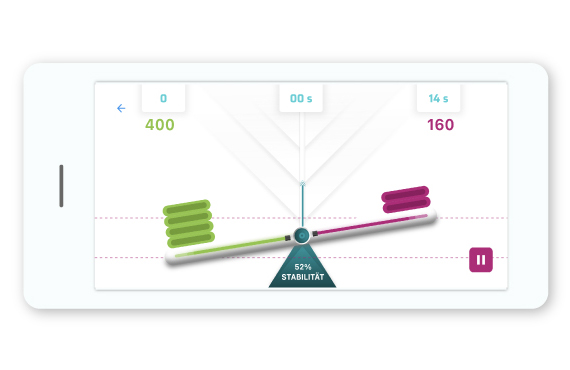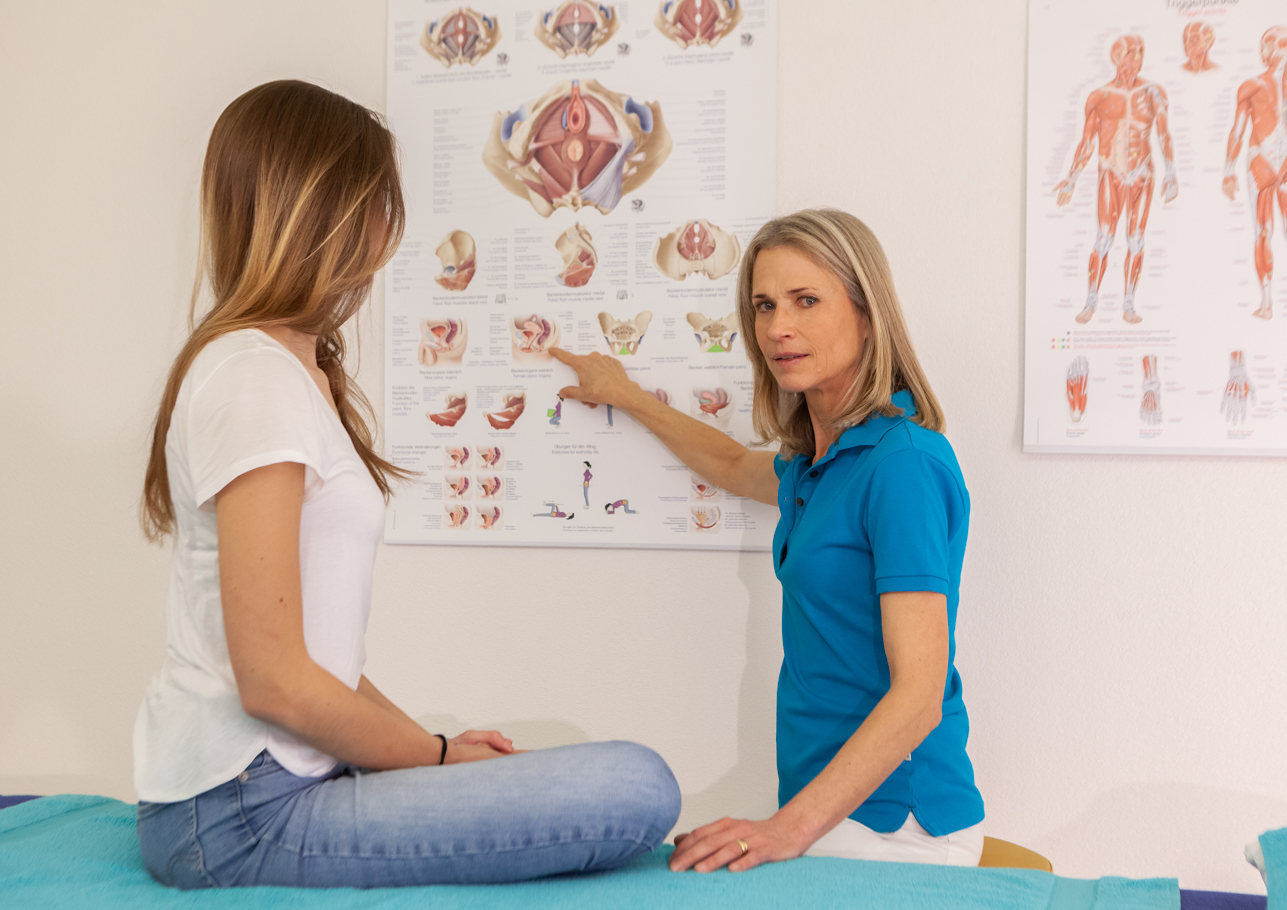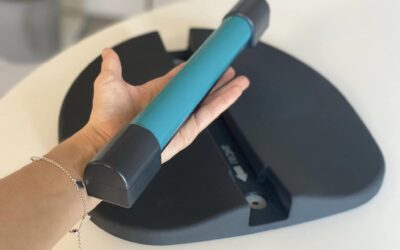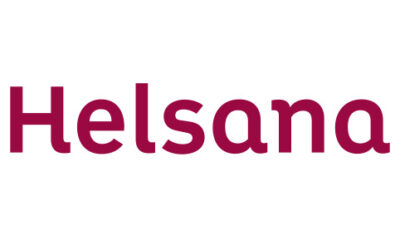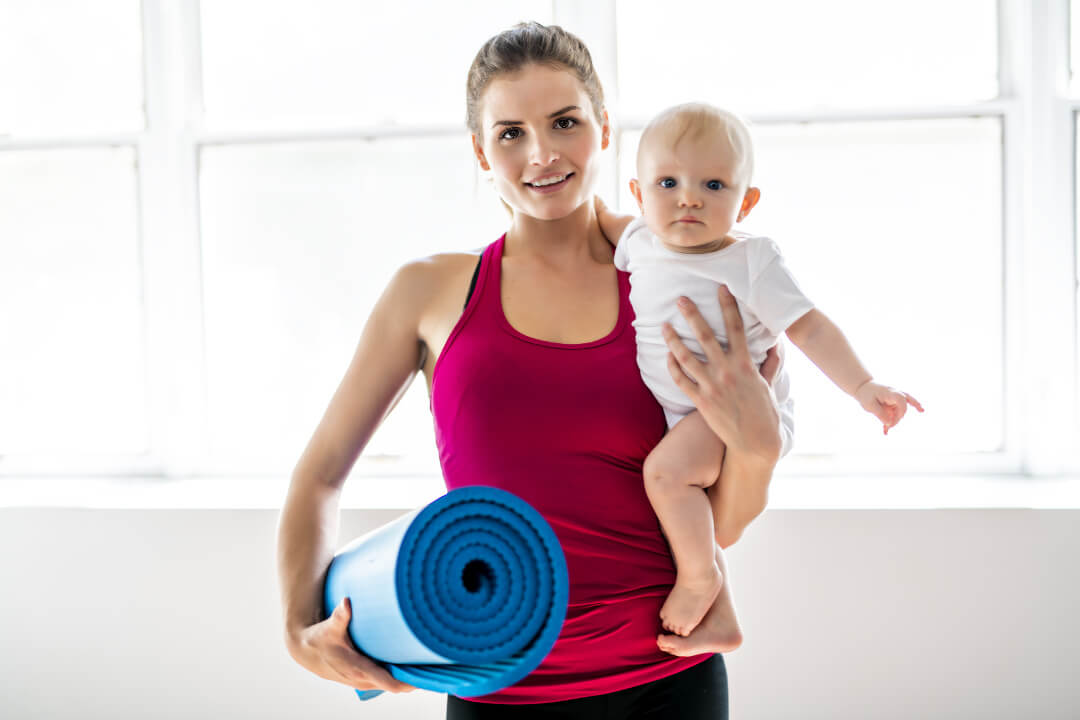Pregnancy and birth: the biggest challenges for your pelvic floor
Strengthen pelvic floor muscles, monitor training progress via app: PelvicTool pelvic floor trainer
The pelvic floor is the support network for the internal organs in the abdominal cavity.
The pelvic floor consists of three superimposed layers of muscles that are connected by connective tissue. This muscular network forms the floor of the torso and closes the abdominal cavity downwards. It holds the organs and secures them in place. The pelvic floor must therefore be stable and elastic at the same time.
During pregnancy, the pelvic floor also bears the weight of the child and the increasingly heavy uterus and is therefore exposed to enormous challenges. The baby presses on the bladder, and the muscles also become looser and softer due to hormones.
How can the pelvic floor be supported during pregnancy?
With pelvic floor training, the pelvic floor muscles can be gently trained and strengthened. A simple method of pelvic floor training can be biofeedback training using an app. The great advantage of this is that the reactions of the pelvic floor muscle to the exercises are precisely measured and graphically displayed – without intimate contact. The training can be done fully clothed.
“After the birth of my third child, I began to feel a slight weakness in my abdomen. Thanks to regular training with the PelvicTool as a supplement to my sports routine, all my worries about the pelvic floor are completely forgotten.”
What happens to the pelvic floor during childbirth?
During pregnancy, the pelvic floor must primarily hold and close. At birth, the exact opposite is demanded of him: he must open himself as never before to let the child through. To do this, the pelvic floor muscles must relax and expand to up to two and a half times their original size. Women who have experience with pelvic floor training can target and release the pelvic floor muscles more easily.
Strenghtens your pelvic floor: PelvicTool Home & Sport

Einfaches und effektives Beckenbodentraining.
In addition, a trained pelvic floor musculature is also a more elastic pelvic floor musculature.
If the pelvic floor is not stretched enough, this can lead to birth injuries to muscles, tendons and ligaments. The result is pain and insufficient functioning of the pelvic floor.
How to restore the function of the pelvic floor after birth?
For most women, with time and proper training, the pelvic floor can recover from the strain. If, however, it is unable to resume its stabilising function of its own accord, there is a risk not only of bladder weakness but also of back pain, a lowered vagina or a hernia of the abdominal wall. Neuromuscular training via app and sensor feedback may then be appropriate options to avoid surgery.
How does training with the PelvicTool pelvic floor trainer work?
The PelvicTool is easy to use and efficient in its effect. For training, place the soft, comfortable sensor tube with the included seat cushion on a flat stool and launch the PelvicTool app on your smartphone or tablet.
“Muscles and fascia form a spider web-like system of tensile and compressive forces. The pelvic floor, as the foundation of the abdominal bladder, plays an essential role in this.”
Pelvic floor training:
Small effort, big effect!
Even if there is little time to take care of yourself in the often hectic family life: A strong pelvic floor is central to health and well-being. A workout with the PelvicTool in your own home is the ideal way to keep your pelvic floor fit and healthy without much effort.
The application is very simple: The training is done sitting on the PelvicTool, by tensing the pelvic floor, holding the tension and releasing the tension. Even small contractions affect the pleasantly soft sensor tube and are displayed as a training result via app on your smartphone or tablet.
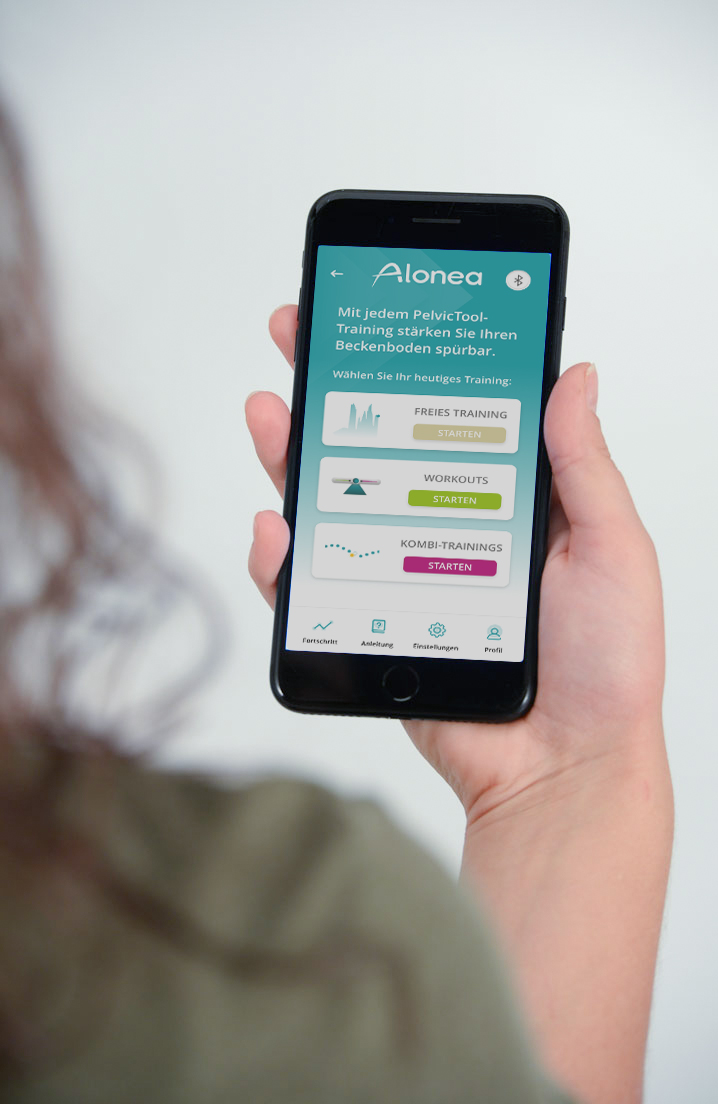
PelvicTool App
When training at home, self-control is important to lead to success. Therefore, during training with the PelvicTool, the contractions of the pelvic floor muscles are measured using biofeedback methods and displayed via app on the smartphone or tablet.
Esther Rancan-Vollenweider
Dipl. Physiotherapeutin FH, Beckenboden-Physiotherapie pelviccare
«Ich setze den Pelvic Tool Home & Sport gerne als Ergänzung in der spezialisierten Beckenbodenphysiotherapie ein. Der spielerische Ansatz motiviert die Patientinnen und Patienten und bietet eine willkommene Abwechslung im Therapiealltag.»
You may be interested in these articles:
PelvicTool pelvic floor training device test
I am Miriam, mum of 3 and founder of the mum blog How I met my Momlife. After three births, I know how important a well-trained pelvic floor is, especially for mothers. I was all the more pleased to be allowed to test the PelvicTool. If you like my…
Health insurance Helsana: 90 % cost reimbursement for «PRIMEO» supplementary insurance policyholders
The PelvicTool Home & Sport pelvic floor trainer is now included in the list of medical products that are supported by Helsana with cost sharing.
Cost sharing for the purchase of a PelvicTool pelvic floor trainer for CSS supplementary insurance policyholders
The purchase of a PelvicTool will be supported with a corresponding additional insurance from CSS with a cost contribution from January 2022.
Stay up to date
Subscribe to our newsletter here and receive valuable tips for pelvic floor training. Free of charge and can be cancelled at any time.



